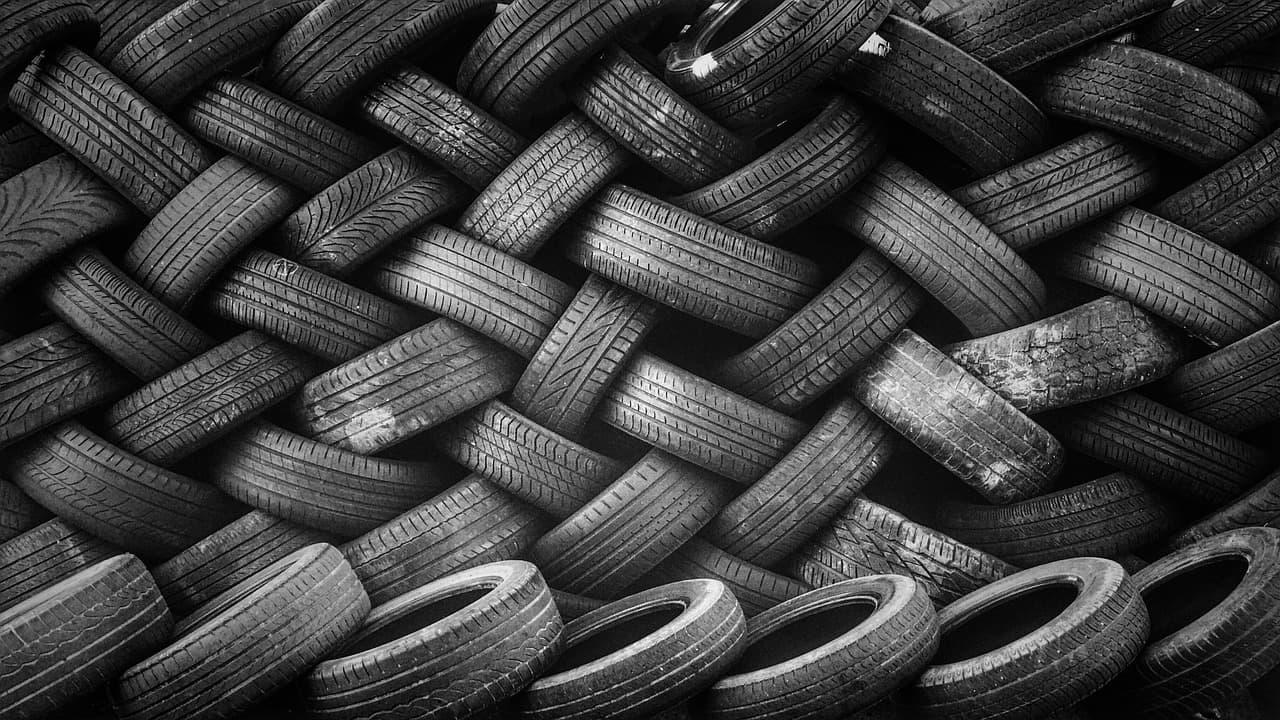
In the ongoing quest to comprehend the far-reaching consequences of automotive pollution, scientists at the University of Plymouth are performing new research on the topic, and have dedicated over two decades to meticulously investigating the presence and repercussions of tire wear particles in the UK’s rivers and coastlines.
- University of Plymouth’s research sheds light on the prevalence and potential threats of tire particles in the UK’s rivers and coastlines.
- Recent findings highlight vehicle tire wear as a significant source of microplastics in the ocean, prompting collaborative efforts to quantify, track, and mitigate this environmental concern.
These particles, often invisible to the naked eye, are a byproduct of normal tyre use. As vehicles travel on the roads, the tyres gradually wear down, releasing minute particles that can find their way into the environment. This ongoing research is led by the University’s International Marine Litter Research Unit, which has been studying the presence of microplastics in the ocean since 2004. In addition to examining the abundance of tyre particles, the scientists are also delving into the toxicology of the rubber used in tyres and its potential impact on human health.
Possible solutions
Addressing the issue of tyre particles is complex. It is not practical to stop using tyres altogether, as they are a cornerstone of modern transportation. However, efforts can be made to reduce wear by maintaining proper tyre inflation and adopting driving habits that minimize particle generation.
Changes in tyre design may also be necessary to help mitigate the release of particles into the environment. This could involve the development of new materials or tyre structures that wear down less or in a way that doesn’t contribute to microplastic pollution.

Alternatives to traditional rubber
One promising avenue for reducing the environmental impact of tires is the development and utilization of sustainable materials. Researchers have been exploring alternatives to traditional rubber compounds, and one noteworthy option is the integration of bio-based materials. For example, reseachers have investigated lignin, a natural polymer derived from wood, in tire manufacturing.
Lignin-based tire compounds have demonstrated impressive wear resistance and durability properties, potentially extending tire lifespan and reducing the shedding of harmful particles into the environment. This sustainable approach not only decreases the reliance on petroleum-based resources but also minimizes the ecological footprint associated with tire production and disposal. As the tire industry continues to innovate, such bio-based materials offer a promising pathway to creating more environmentally friendly and sustainable tires while addressing the pressing issue of tire wear particle pollution.








